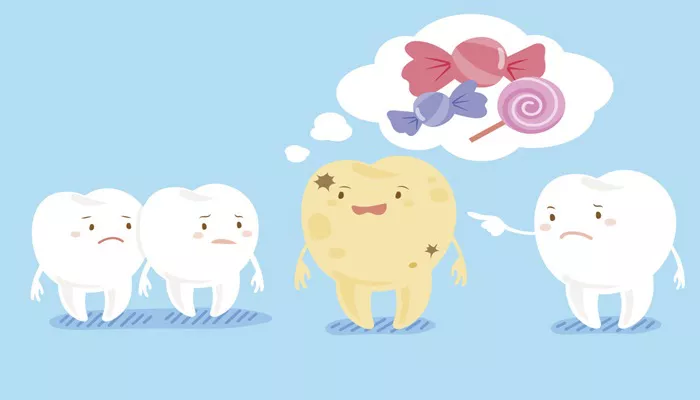Gum bleaching, also known as gum whitening, has gained popularity in recent years as a cosmetic dental procedure aimed at improving the appearance of the gums. Many individuals seek this treatment to achieve a more aesthetically pleasing smile, especially if they have dark or discolored gums. However, a common question arises: how long can gum bleaching last? This article will explore the process of gum bleaching, factors affecting its longevity, and how to maintain results for the best outcomes.
Understanding Gum Bleaching
What is Gum Bleaching?
Gum bleaching is a cosmetic procedure designed to lighten the color of the gums. The treatment typically involves the application of a bleaching agent, such as hydrogen peroxide or carbamide peroxide, to the gum tissue. This process helps to remove pigmentation and can result in a brighter, healthier-looking gum line.
Why Do People Choose Gum Bleaching?
People choose gum bleaching for several reasons:
Aesthetic Improvement: Dark or unevenly pigmented gums can detract from the overall appearance of a smile. Bleaching can create a more uniform and appealing gum color.
Increased Confidence: A brighter smile can boost self-esteem and confidence. Many individuals feel more comfortable showing their teeth after gum bleaching.
Complementing Other Treatments: Gum bleaching is often performed alongside other cosmetic dental procedures, such as teeth whitening or veneers, to enhance the overall look of the smile.
The Gum Bleaching Process
Consultation and Assessment
Before undergoing gum bleaching, patients should schedule a consultation with a qualified dental professional. During this appointment, the dentist will assess the patient’s gum health, discuss their goals, and determine if they are a suitable candidate for the procedure. Factors such as gum disease, sensitivity, and the presence of dental restorations will be considered.
The Bleaching Procedure
The actual gum bleaching procedure typically involves the following steps:
Preparation: The dentist will clean the gums and may apply a protective barrier to the teeth to prevent contact with the bleaching agent.
Application of Bleaching Agent: The chosen bleaching agent is applied to the gum tissue. This agent works by breaking down melanin, the pigment responsible for dark gum coloration.
Activation: In some cases, a special light may be used to activate the bleaching agent and enhance its effectiveness.
Rinsing and Aftercare: After the desired level of whitening is achieved, the dentist will rinse the gums and provide instructions for post-treatment care.
Duration of the Procedure
The entire gum bleaching process usually takes about 30 to 60 minutes, depending on the individual’s needs and the technique used.
How Long Does Gum Bleaching Last?
Factors Affecting Longevity
The duration of results from gum bleaching can vary widely among individuals and is influenced by several factors:
Individual Anatomy: Each person’s gum tissue is unique. Some individuals may have a higher concentration of melanin or different skin tones, which can affect how long the results last.
Oral Hygiene Practices: Good oral hygiene plays a significant role in maintaining the results of gum bleaching. Regular brushing, flossing, and dental check-ups can help keep the gums healthy and prevent discoloration.
Lifestyle Choices: Habits such as smoking, consuming dark-colored foods and beverages (like coffee, tea, and red wine), and poor dietary choices can contribute to gum discoloration and affect the longevity of the bleaching results.
Underlying Health Conditions: Certain health conditions, such as hormonal changes or systemic diseases, can impact gum pigmentation and may influence how long the results last.
Average Duration of Results
On average, the results of gum bleaching can last anywhere from six months to two years. However, individual experiences may vary. Some people may notice that their gums remain lighter for an extended period, while others may require touch-up treatments sooner.
Maintaining Results After Gum Bleaching
Good Oral Hygiene Practices
To extend the longevity of gum bleaching results, patients should prioritize good oral hygiene:
Regular Brushing: Brush teeth and gums at least twice a day with a fluoride toothpaste. A soft-bristled toothbrush is recommended to avoid irritation.
Floss Daily: Flossing helps remove plaque and food particles from between the teeth and along the gum line, promoting overall gum health.
Use Antimicrobial Mouthwash: An antimicrobial mouthwash can help reduce bacteria in the mouth, which may contribute to gum discoloration.
Healthy Lifestyle Choices
Making healthy lifestyle choices can also help maintain the results of gum bleaching:
Avoid Tobacco Products: Smoking and using tobacco can lead to gum discoloration and should be avoided to prolong the effects of bleaching.
Limit Staining Foods and Beverages: Reduce the consumption of foods and drinks that can stain gums, such as coffee, tea, and red wine. If consumed, rinse the mouth with water afterward.
Stay Hydrated: Drinking plenty of water can help maintain oral health and wash away food particles and bacteria.
Regular Dental Check-Ups
Regular visits to the dentist are essential for maintaining gum health and the results of gum bleaching. During these check-ups, the dentist can monitor gum health, provide professional cleanings, and recommend touch-up treatments if necessary.
Possible Side Effects of Gum Bleaching
Temporary Sensitivity
After the gum bleaching procedure, some patients may experience temporary sensitivity in the gums. This sensitivity usually resolves within a few days and can be managed with over-the-counter pain relievers.
Gum Irritation
In some cases, the bleaching agent may cause mild irritation or inflammation of the gum tissue. This is typically temporary and should subside as the gums heal.
Uneven Results
While gum bleaching is generally effective, some individuals may experience uneven results. This can occur due to variations in gum pigmentation or anatomical differences. In such cases, additional treatments may be necessary to achieve a more uniform appearance.
Conclusion
Gum bleaching is an effective cosmetic dental procedure that can significantly improve the appearance of discolored gums.
While the results can last anywhere from six months to two years, various factors influence the longevity of the treatment.
Maintaining good oral hygiene, making healthy lifestyle choices, and attending regular dental check-ups are essential for extending the effects of gum bleaching.
Related topics:

